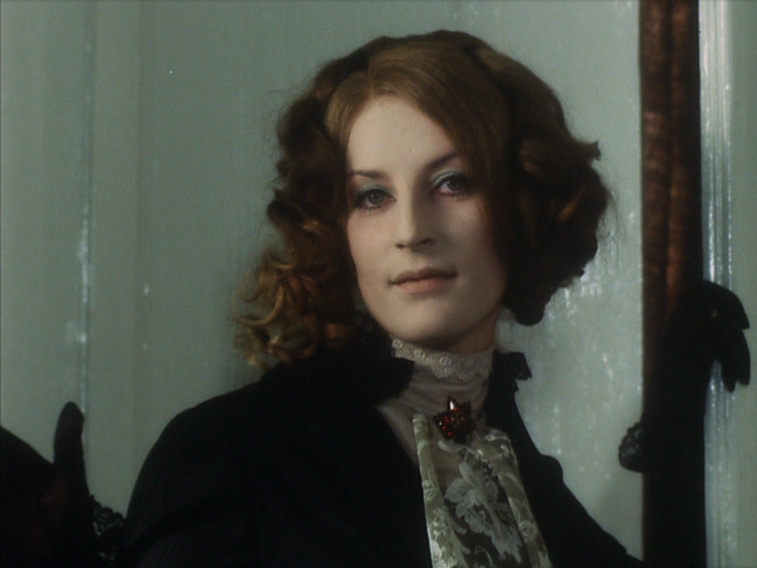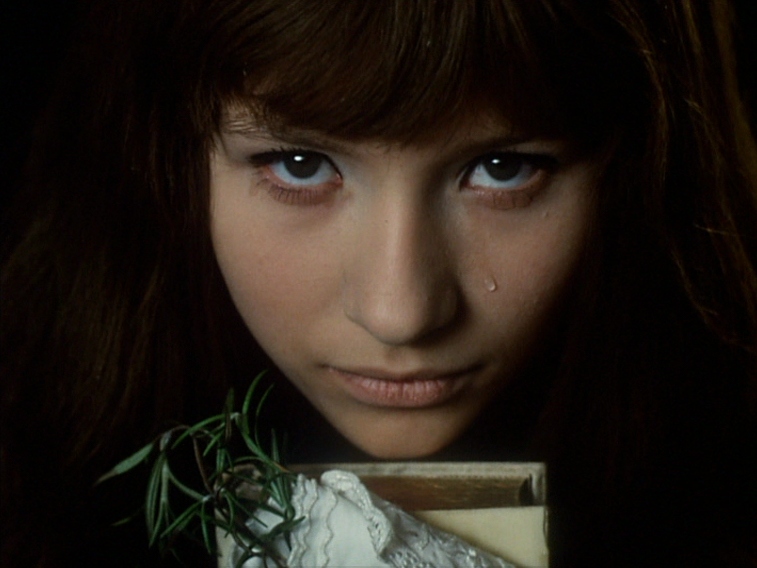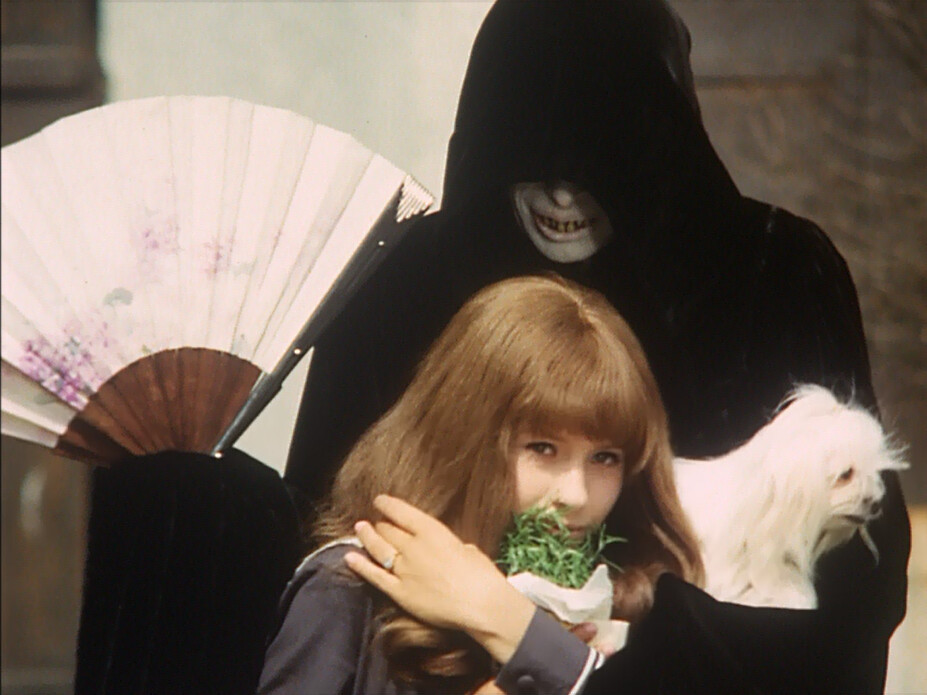b
Valerie and Her Week of Wonders



Valerie and Her Week of Wonders is one of the most enchanting movies I’ve ever seen, and remains a classic favorite many years after I first came across it. Directed by Jaromil Jireš, Valerie is a 1970 cinematic gem, and is considered part of the Czech New Wave. It has been described as a surrealist horror film, which beguiles us as much as the titular character Valerie is beguiled by the many strange beings she encounters throughout her story. Jaroslava Schallerová plays a thirteen-year-old girl, Valerie, who lives in a small bucolic village with her pious grandmother (portrayed by the haunting Helena Anýžová), and after experiencing her first menstruation is launched on a strange stream of events involving magical pearl earrings, flowers, doves, nuns, priests, incestuous lovers, and a vampiric being known as the Polecat. Whimsical, nonlinear, and charmingly illogical, it is impossible to place one’s finger on what it’s about exactly. It merely resembles a fantastical dream, where everything, every object and piece of set design, is filtered through the nostalgic splendid beauty of the era. It is replete with uncanniness and absurdity at once. A fairy tale, a lullaby-like fever dream, a transgressive narrative subverting Christianity…every scene contains a memorable and striking image which is richly symbolic and nearly iconic in itself.